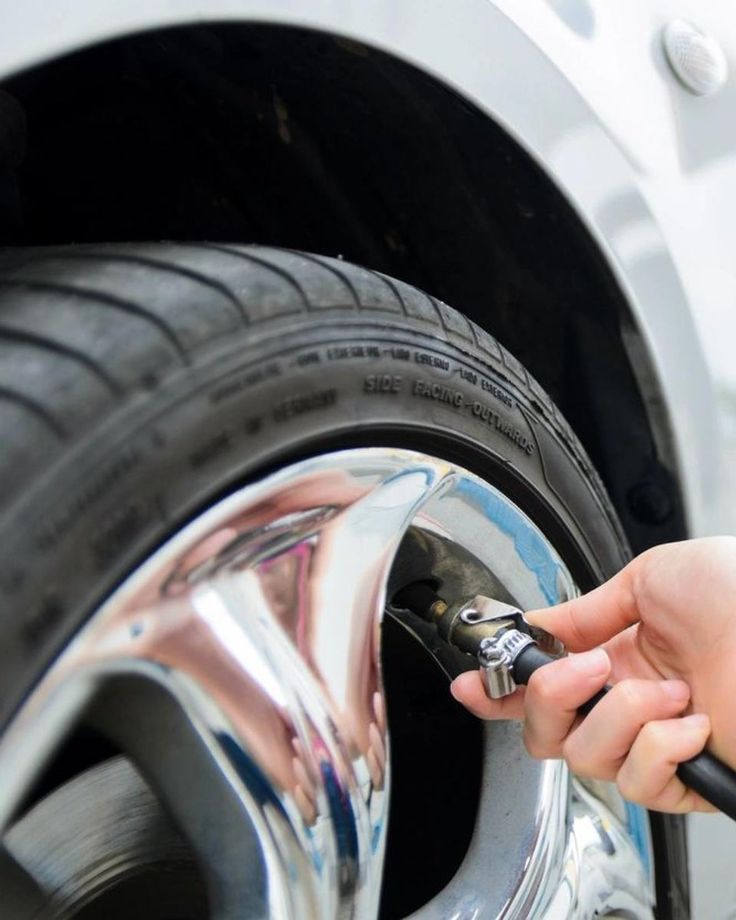In the freight transportation industry, every operational decision can make the difference between optimizing costs or generating unnecessary expenses. One of the most critical factors affecting the efficiency and safety of a tractor-trailer is the tire pressure. It not only impacts fuel consumption but also tire wear, vehicle stability, and maintenance costs.
Next, we explain why it is essential to maintain the proper tire pressure in your fleet and how this can impact your operation.
1. Reduction of Fuel Consumption
Tractor-trailers cover long distances daily, and fuel is one of the highest operational costs. Studies have shown that incorrect tire pressure can increase diesel consumption by up to a 3%According to a study by the United States government (fueleconomy.gov)
🔹 Every 1 PSI below the recommended level reduces fuel efficiency by 0.2%.
🔹 Maintaining properly inflated tires can save you up to $0.02 MXN per liter of diesel.
Given the fuel consumption volume of a fleet, this can represent significant savings at the end of the month.
2. Longer Tire Lifespan
A deflated tire generates more friction with the pavement, which accelerates its wear. This causes you to replace them more frequently, increasing operational costs.
According to the analysis by the "National Highway Traffic Safety Administration (NHTSA). (2006) The Pneumatic Tire. DOT HS 810 561. Recuperado de: Pneumatic Tire Report”
🔹 Tires with low pressure wear out more on the edges, reducing their lifespan by up to 25%.
🔹 Overinflated tires cause uneven wear in the center, affecting traction and stability.
Constant monitoring of tire pressure is key to maximizing tire investment and avoiding premature replacements.
3. Safety in Operations
The poor condition of tires is one of the leading causes of road accidents. Inadequate pressure affects the braking ability and stability of the tractor-trailer, increasing the risk of blowouts and loss of control. According to TPMS Report
🔹 A deflated tire increases the stopping distance, which can be critical in emergency situations.
🔹 Low pressure overheating can cause blowouts and road accidents.
Tractor-trailers operate with heavy loads, so any tire failure can represent a high-risk situation for both the driver and other road users.
4. Impacto en los Costos Operativos
Although it may seem like a minor detail, tire pressure influences maintenance costs and fleet profitability.
🔹 Less diesel consumption = Lower operating costs.
🔹 Longer tire lifespan = Fewer tire purchases per year.
🔹 Fewer accidents due to tire failures = Lower repair costs and less downtime.
Tire pressure monitoring is not just a recommendation, but a key strategy to improve operational profitability.
How to Ensure Your Fleet's Tires Are Always in Optimal Condition?
✅ Check the tire pressure every week and before long trips.
✅ Use tire pressure monitoring sensors (TPMS) to alert about deviations in real-time.
✅ Make sure to inflate the tires according to the manufacturer's specifications, not based on the tire's maximum pressure number.
✅ Train the staff for visual inspection and pressure measurement using the proper tools.
Conclusion
Maintaining the correct tire pressure in a tractor-trailer not only improves fuel performance and reduces costs but also ensures the safety of operators and operational efficiency.
Small actions, such as regularly checking the pressure and using monitoring technology, can make a big difference in fleet profitability.
If you want to optimize your tire performance and reduce operational costs, in the fifth Quinta We have technological solutions that will help you achieve this. 🚛💨
📩 Contact us for more information on how to improve tire management in your fleet.
References:
【1】 U.S. Department of Energy. (2016). Tire Maintenance and Fuel Economy. Recuperado de: fueleconomy.gov
【2】 National Highway Traffic Safety Administration (NHTSA). (2006). The Pneumatic Tire. DOT HS 810 561. Recuperado de: Pneumatic Tire Report
【3】 National Highway Traffic Safety Administration (NHTSA). (2012). Evaluation of the Effectiveness of TPMS in Proper Tire Pressure Maintenance. Recuperado de: TPMS Report

